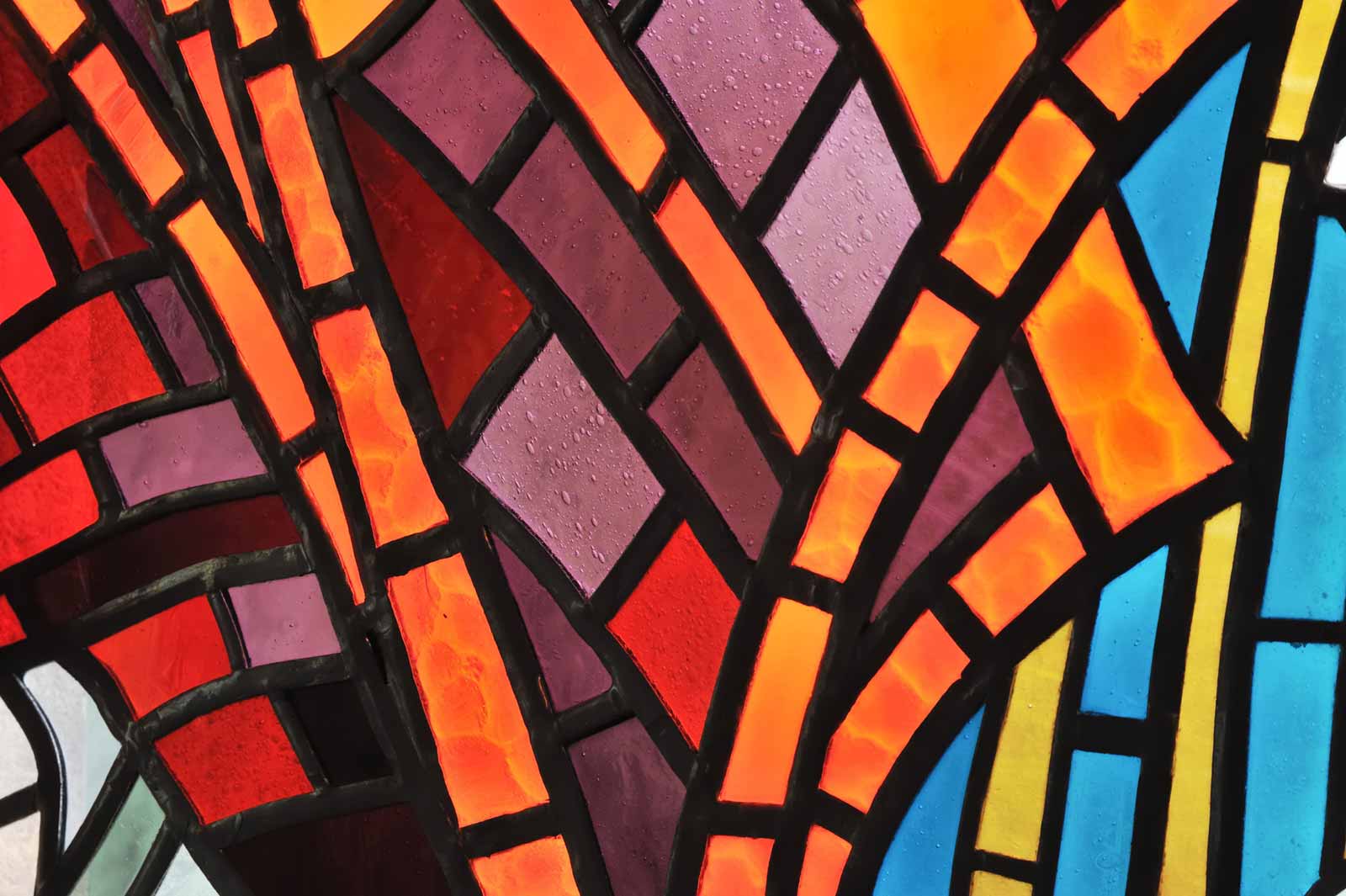
Prince of Peace Lutheran Church
Creeds - Statements of Belief
What is a “Creed”?
“creed” comes from the word “credo” which means “I believe”
A Creed is a statement of belief. There are three “ecumenical” or common creeds: The Apostles’, Nicene, and Athanasian. They are summaries of what Christians believe. All Christians throughout history, even if they do not say these specific words, believe what is taught in these summaries.
Why have creeds? (Why not just let people say what they believe?)
Christians can and should state what they believe in their own words. Creeds have three basic purposes:
The Bible is a big book. Christians spend the rest of their lives in learning and growing in God’s Word. A Creed is a great teaching tool for new Christians because it is a summary of basic beliefs.
As a common statement, a creed is one of many things that Christians from all over the world can hold in common. When language, geography, and culture can often divide people, a common statement of belief serves to connect Christians from different places.
A creed can help Christians from straying into error. God is bigger than His creation. God’s truth is bigger than our understanding. Sometimes, when people have tried to understand and explain faith, they have strayed from the truth that God has given. A creed can help keep any new thought or understanding from going away from God’s truth.
Where did these creeds come from?
The Apostles’ Creed comes from the very early teaching of those who walked and talked with Jesus during His earthly ministry (The Apostles). It has been said in question and answer form as part of the rite of baptism since the 1st Century. We still use the Apostles’ creed in this way during baptisms today!
The Nicene Creed came from the Council of Nicaea in 325 AD (and Constantinople (381 AD). These meetings were held because of some false teachings about Jesus’ nature. The Creed was written to help Christians remember and proclaim what the Bible teaches that Jesus is both 100% God and 100% human. Because He is human, Jesus could die; because He is God, His death is a sacrifice for you!
The Athanasian Creed is from the 6th Century AD (named after Athanasius, even though he did not write it). The Athanasian Creed makes more statements about the Trinity: God the Father, God the Son (Jesus), and God the Holy Spirit – three distinct persons, but only one God. The Athanasian Creed makes these statements (based on what the Bible says) but does not explain the Trinity because our human logic cannot comprehend this Godly relationship – we can only say it is so from God's Word (Deuteronomy 6:4; John 1; Matthew 28; John 10; John 20, etc.). The Athanasian creed is quite a bit longer than the Apostles’ and Nicene, so it is not used in worship very often.
How are creeds used at Prince of Peace?
Teaching: We use the Creeds (especially the Apostles’ to teach our youth, new Christians, and sometimes as the basis of a Bible study.)
Sharing: As a common statement of faith, Creeds are often used when talking with others about the faith and when sharing in faith with homebound members.
Worship: As part of any worship service, we proclaim our faith together. Usually, we use the Apostles’ or Nicene Creed. Sometimes part of an explanation of the Apostles’ creed is used. Occasionally, a different statement is used as a focus for a specific day.
What about the “Small Catechism”?
The Bible is the foundation and the rule for faith. Everything we believe must line up with what God has given in His Word. (click here for more explanation about the Bible.) The Creeds are summary statements of what is taught in the Bible. Martin Luther in 1529 wrote a “small catechism” – a teaching tool for people to use in their homes – that includes an explanation of the parts of the Apostles’ Creed (and other important pieces of the faith like the 10 Commandments and the Lord’s Prayer). Click here for a link to Luther’s Small Catechism.
Click here for the Nicene Creed in Arabic